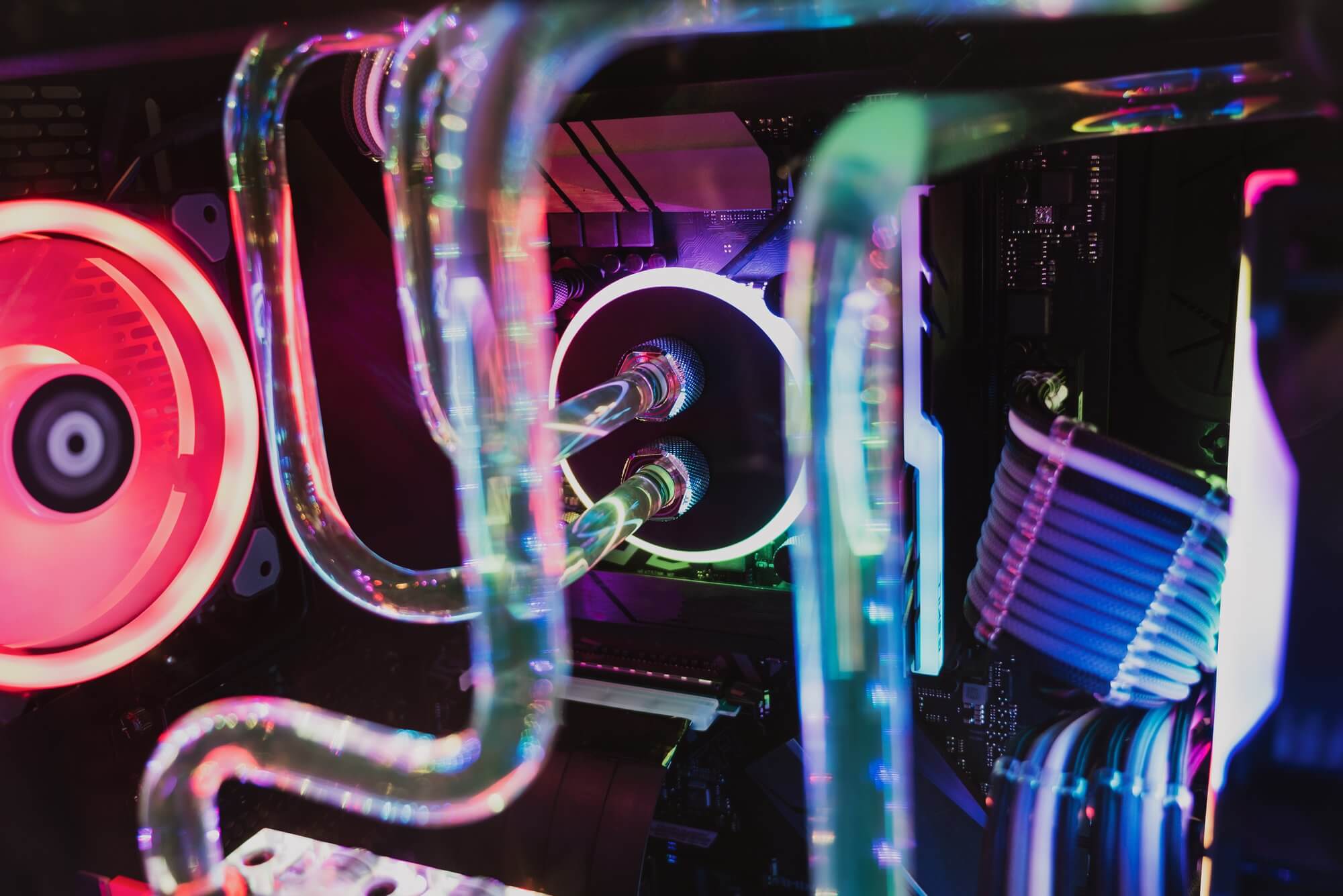In the rapidly evolving landscape of data center technology, cooling solutions are undergoing a revolutionary transformation. At the forefront of this change is the innovative Immersion Direct Liquid Cooling (iDLC) technology developed by GRC. This groundbreaking approach promises not only to redefine efficiency and sustainability in data center cooling systems but also to address the increasing thermal management challenges posed by high-density computing environments.
Understanding iDLC: The Next Generation of Cooling
The essence of iDLC technology lies in its sophisticated yet straightforward cooling mechanism. Unlike traditional cooling methods that rely on air or indirect liquid cooling, iDLC utilizes traditional direct liquid immersion techniques coupled with groundbreaking new targeted flow approaches, ensuring that high-performance computing components are cooled more effectively and efficiently. This technology leverages the superior thermal conductivity of liquids over air, providing unparalleled cooling capabilities.
The Mechanics of iDLC: Enhancing Cooling Efficiency
iDLC enhances traditional single-phase immersion cooling systems with its unique ability to deliver two distinct flow pressures within the same cooling infrastructure. This dual-flow pressure system ensures that while the general rack environment is maintained at an optimal temperature, the most heat-generating components receive targeted, high-pressure cooling. This precision in cooling not only maximizes efficiency but also significantly reduces the risk of overheating, even in the most demanding operational scenarios.
Precision Targeted Flow: A Game Changer in Heat Management
What sets iDLC apart is its precision-targeted flow, a feature that meticulously directs cooling to the hottest components of the IT hardware. This is achieved through an innovative Targeted Flow Heat Sink (TFHS) design, which eliminates the need for complex closed-loop systems commonly found in traditional cooling methods. By simplifying the cooling architecture, iDLC not only enhances performance but also minimizes potential leakage risks, a critical concern in data center operations.
Comparing iDLC with Traditional Cooling Methods
Conventional Direct Liquid Cooling (DLC) systems, while effective to a degree, are marred by their complexity, high operational costs, and environmental impact. Conventional DLC systems require intricate closed-loop systems to deliver coolant to the server components and circulate it back to a heat removal system. Besides requiring highly expensive and complex infrastructure to circulate the fluid through the systems, these cooling approaches also introduce significant leakage risks within each and every server. Closed-loop DLC solutions typically use conductive water/glycol or environmentally hazardous two-phase fluids to conduct heat away from the components, which creates the potential for disastrous leaks within each and every sever in the data center. In contrast, iDLC’s open-loop system represents a significant advancement, eliminating the risk of damaging leaks while also offering a more efficient, reliable, and sustainable cooling solution. Plus, by eliminating supplementary air cooling and minimizing infrastructure requirements, iDLC not only reduces operational expenses but also significantly lowers the environmental footprint of data center cooling.
Future-Proofing Data Centers with iDLC Technology
As we peer into the future of data centers, the role of advanced cooling solutions like iDLC becomes increasingly apparent. With the capacity to efficiently manage the heat generated by next-generation chips and high-density servers, iDLC is not merely keeping pace with technological advancements; it’s paving the way for a new era of data center efficiency and reliability. This technology stands as a testament to GRC’s commitment to innovation, offering a sustainable, forward-thinking solution to contemporary cooling challenges.
The Environmental and Operational Benefits of Adopting iDLC
The adoption of iDLC technology carries profound environmental and operational advantages. By significantly reducing the energy consumption associated with cooling, data centers can achieve a lower Power Usage Effectiveness (PUE), translating into substantial cost savings. Furthermore, the use of non-conductive ElectroSafe fluids in iDLC systems minimizes the risk of hardware damage due to leaks, enhancing system reliability and longevity. These benefits, combined with the reduced carbon footprint and operational expenses, make iDLC an attractive option for data centers aiming for sustainability and efficiency.
In conclusion, the advent of iDLC technology by GRC marks a significant milestone in the journey towards more efficient, reliable, and environmentally friendly data center cooling solutions. By addressing the limitations of traditional cooling methods and embracing innovation, iDLC is not just revolutionizing data center cooling; it’s setting new standards for the industry. As we look forward to a future dominated by high-density computing and the ever-growing demand for data, technologies like iDLC will play a pivotal role in ensuring that our data centers are not only capable of meeting these challenges but are doing so in a way that is sustainable for our planet.
Download the White Paper “Future-Proof Your Data Center Cooling with GRC’s iDLC Technology”, and Stay Ahead of the Curve
GRC is your trusted partner, helping you to expertly navigate the complexities of today’s IT cooling challenges and seize the opportunities of tomorrow. Gazing into the future, the role of 1PIC in data center cooling emerges with clarity. Through innovations such as GRC’s iDLC technology, 1PIC systems are not merely keeping pace with escalating thermal densities; they are leading the charge towards a new era characterized by unparalleled data center efficiency, reliability, and environmental sustainability.
This white paper is an essential read for Data Center Operators, Designers, and anyone deeply invested in the Future of Computing, offering:
- Deep insights into the evolution of cooling technologies
- A critical examination of long-standing assumptions
- Revolutionary solutions for sustainable and efficient data center operations they’re paving the way for a new era of data center efficiency, reliability, and environmental sustainability.




